Night portrait photography offers unique and creative opportunities. Learn tips to take better low-light portraits with and without flash.
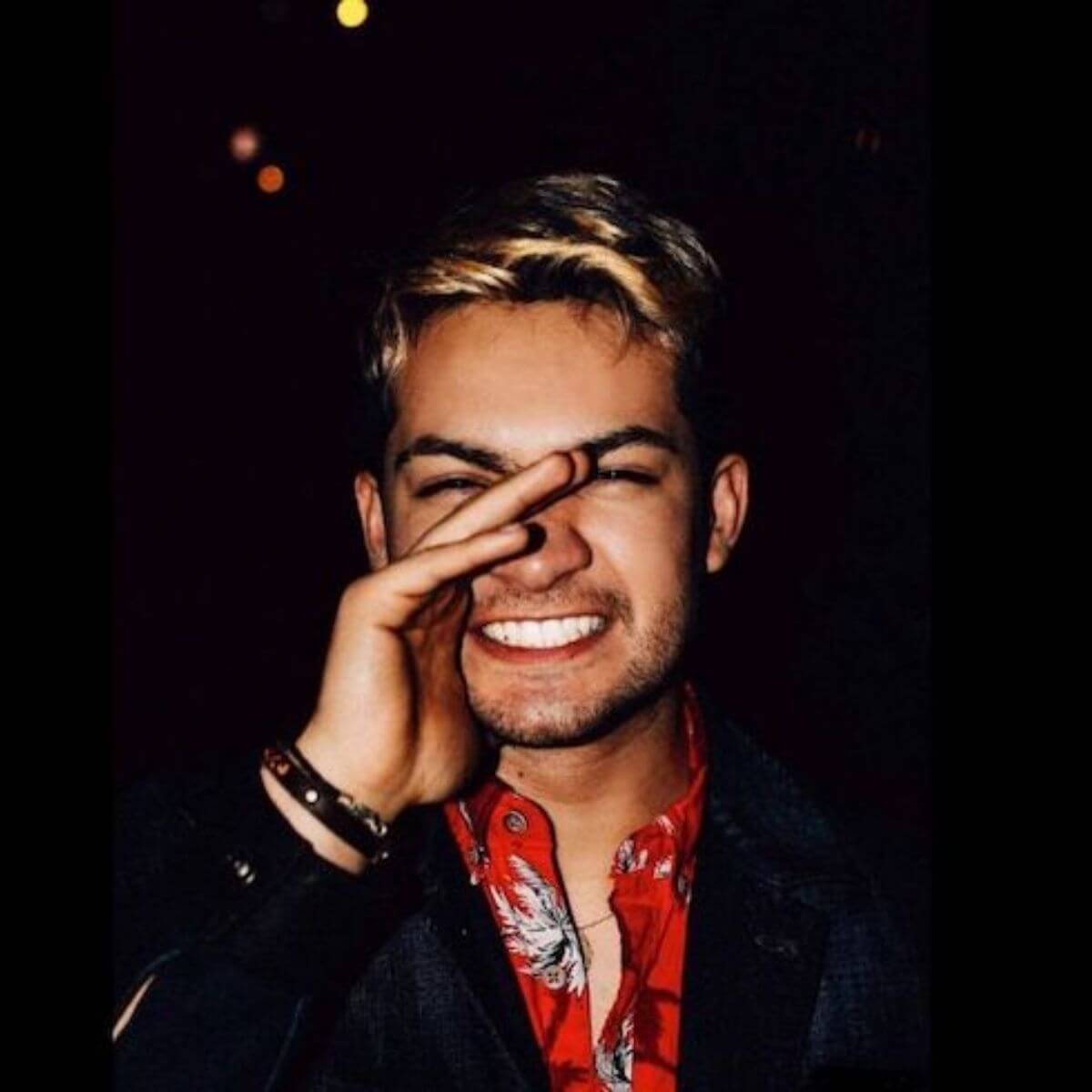
Night portrait photography is an excellent way to improve your skills and creativity.
Without natural light, you must use flash or ambient light sources.
Night photography dates back to the late 1800s and early 1900s. Paul Martin was a pioneer in pushing the boundaries of night photography.
Now, improvements to camera technology allow you to capture clear images at night. But it can be tricky.
The following tips will help you capture stunning night portrait photography.
Night portrait photography gear
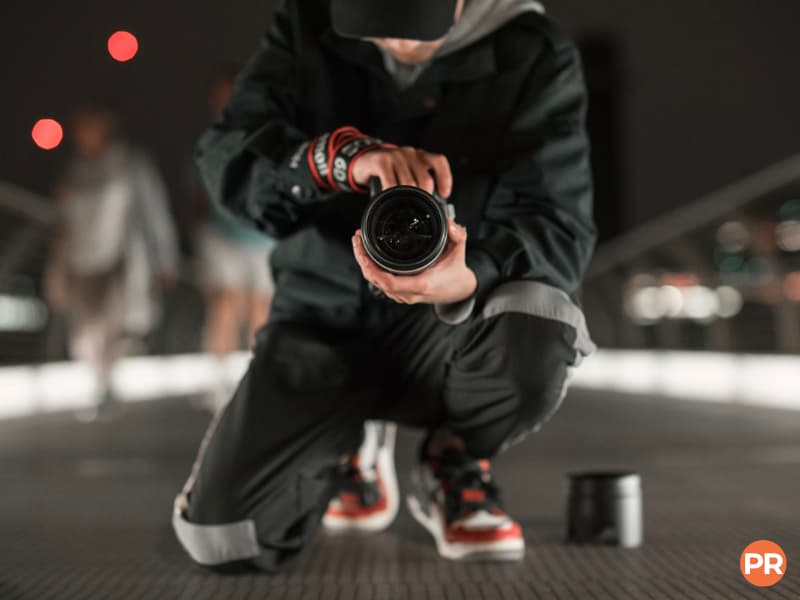
The gear you use is essential in night portrait photography.
You must have a camera, lens, and accessories that work well in low-light conditions.
Consider using a full-frame camera with a larger sensor and better low-light performance.
It allows you to use a higher ISO with less noise and digital grain. The result is a clear and crisp night portrait.
A camera with excellent autofocus performance is also essential. You can use manual focusing, but autofocus helps you work faster.
Another factor in the quality of your night photos is the lens. The ideal low-light lens has a wide aperture.
An aperture of f/2.8 or lower will perform well at night. It also creates a shallow depth of field and beautiful bokeh.
You can use a prime or zoom lens, but prime lenses offer wider apertures.
Aside from your camera and lens, accessories can enhance your low-light portraits.
Artificial lighting and tripods are excellent night photography accessories.
Tripods stabilize your camera. They allow you to use slower shutter speeds without blur from the camera shaking.
A speedlight or off-camera flash is perfect for artificial lighting.
On-camera flash is more portable, making it the best for outdoor photoshoots.
Off-camera flash is excellent for indoor sessions or when staying in one place.
Artificial lighting illuminates your subject in low-light conditions. You can use a lower ISO, giving you a sharper image.
The best settings for portraits at night
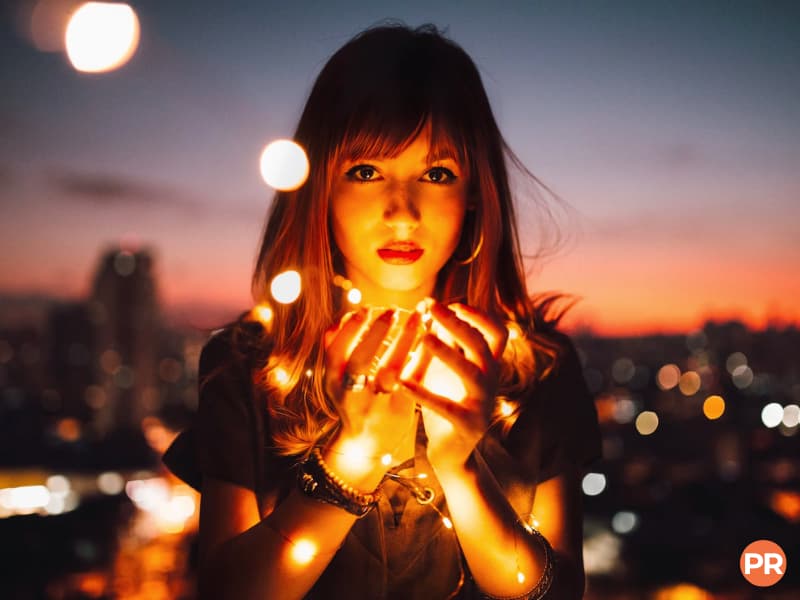
The camera settings are a crucial aspect of your photos. The essential elements to set are aperture, shutter speed, ISO, and file format.
Set your image file format to RAW. It retains all the data without compression, giving you the highest-quality image.
RAW files also allow you to recover shadows and highlights in post-processing.
After setting the file format to RAW, use a wide aperture.
The aperture controls how much light passes through to the sensor. In low-light situations, it’s best to use a wide aperture.
Next, use the slowest shutter speed possible. It boosts the brightness but can make an image blurry.
Start with a shutter speed of 1/80 or faster. Then, make changes depending on the lighting and results.
The other essential setting is ISO, which is the sensor’s light sensitivity.
A greater ISO means a brighter image at the expense of clarity. It leads to digital grain and noise, which can be an excellent retro effect.
Use the ISO that you need to balance the exposure.
Now that you know the ideal settings, you can choose a shooting mode.
Manual and Av modes are the best for night portrait photography. Manual mode allows you to use the settings you choose.
Av is another name for aperture-priority mode. You set the aperture, and the camera selects the perfect shutter speed.
Regardless of the shooting mode, focus on balancing the exposure. It’s the key to stunning night portrait photography.
Find a light source
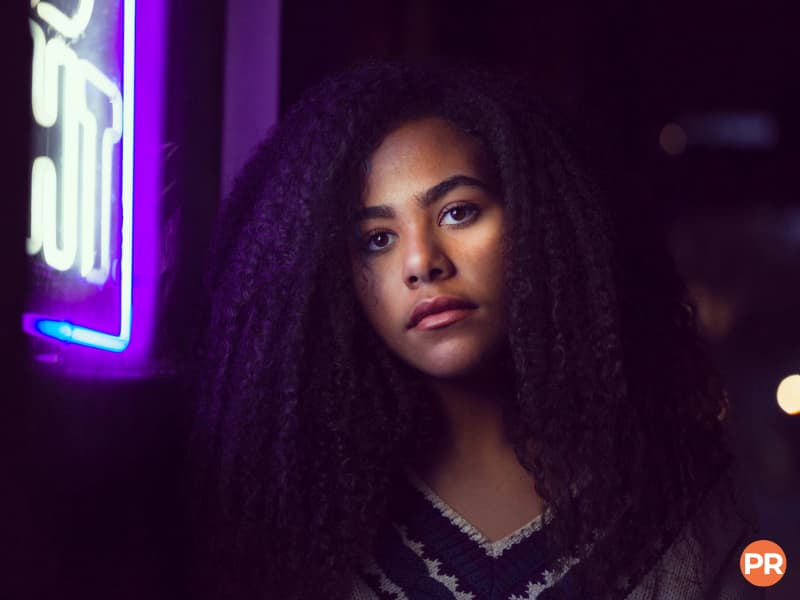
When shooting night portrait photography without artificial lighting, find other sources.
Light is easy to get in the city, as you can use well-lit storefronts, neon signs, and cars.
Use the different light sources to illuminate your subject or capture a silhouette.
Nighttime portraits thrive in urban areas due to the opportunities for light.
Before the photoshoot, do location scouting. It ensures you have a plan and ideas going into the session.
Find places that come to life at night. They’ll provide creative and striking backgrounds.
Use a flash or continuous lighting
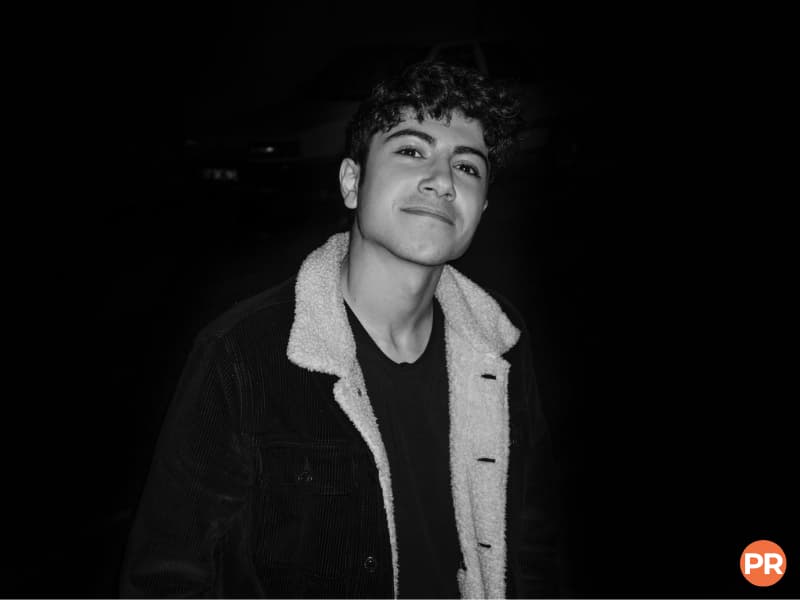
Flash and continuous lighting are excellent options for lighting night portraits.
On-camera flash is portable and straightforward to use.
If you have the space, use continuous lighting. An LED panel is an ideal choice.
You can set the power to illuminate a subject in any situation.
Also, you can use reflectors or fill lights to capture different lighting patterns.
Artificial lighting allows you to shoot night portrait photography anywhere.
Create eye-catching compositions
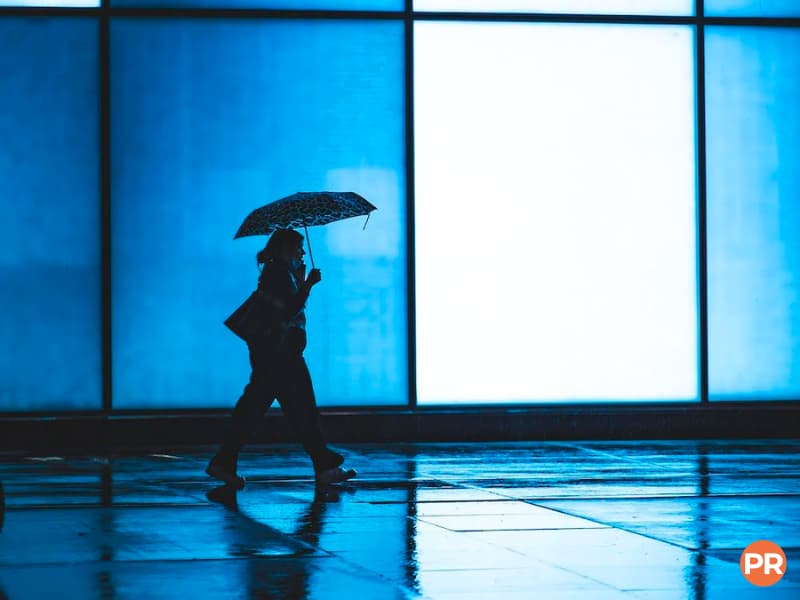
Composition is how you arrange the elements in a frame. Use compositional techniques to take the best night portraits.
The rule of thirds, leading lines, negative space, and framing are excellent tools.
The composition makes your images eye-catching and engages viewers.
You can frame a person with a window as they walk at night. Another composition example is using a line of lights to guide a viewer to your subject.
Remember, composition techniques are guidelines, not rules. You can break them and use your unique perspective.
Use props for an interesting night photo
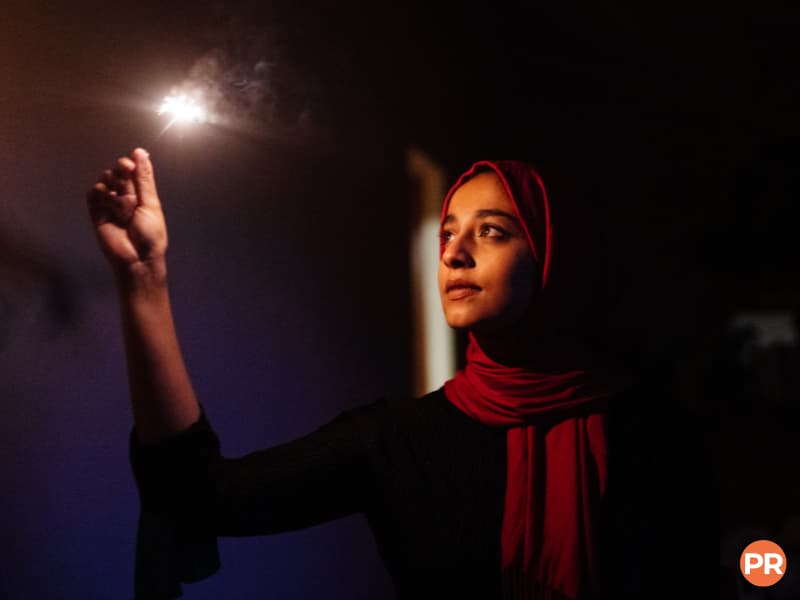
Props are an excellent way to make photos more interesting.
You can use string lights, sparklers, umbrellas, and other props.
Some can also serve as a light source, helping to illuminate the subject.
When using props, make sure it looks natural. The subject should look genuine when interacting and posing with the props.
Post-processing for night portraits
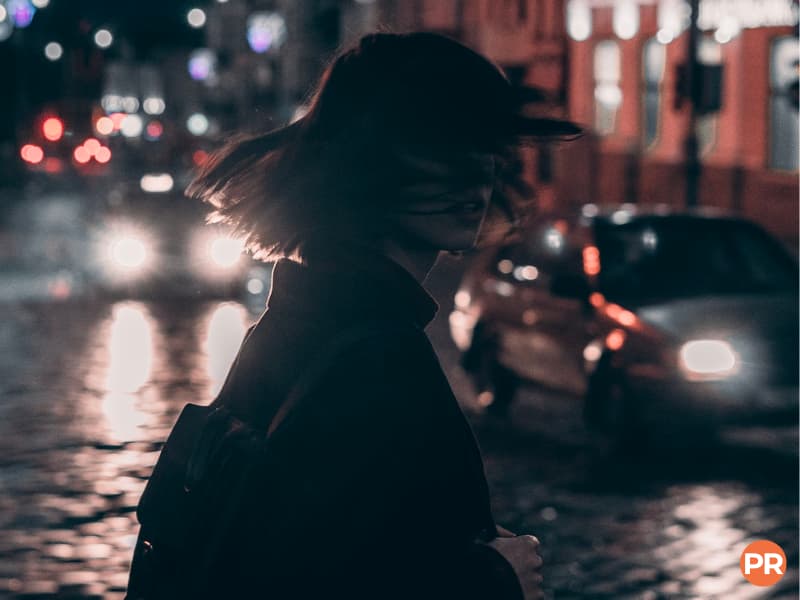
Editing software allows you to enhance your night portraits.
The exposure, noise, and colors are essential. So, make changes to achieve your creative vision.
When editing a night photo, start with the exposure changes.
Adjust the highlights, shadows, and contrast to balance the exposure.
Then, use the clarity, sharpness, or noise reduction tool. It allows you to remove digital grain and sharpen the image.
The final step is to adjust the colors, saturation, and luminance.
Edit the photos to be cohesive and with a mood in mind.
Night portrait photography examples
You can capture night portrait photography in the city, indoors, or nature. The following are examples to inspire you.
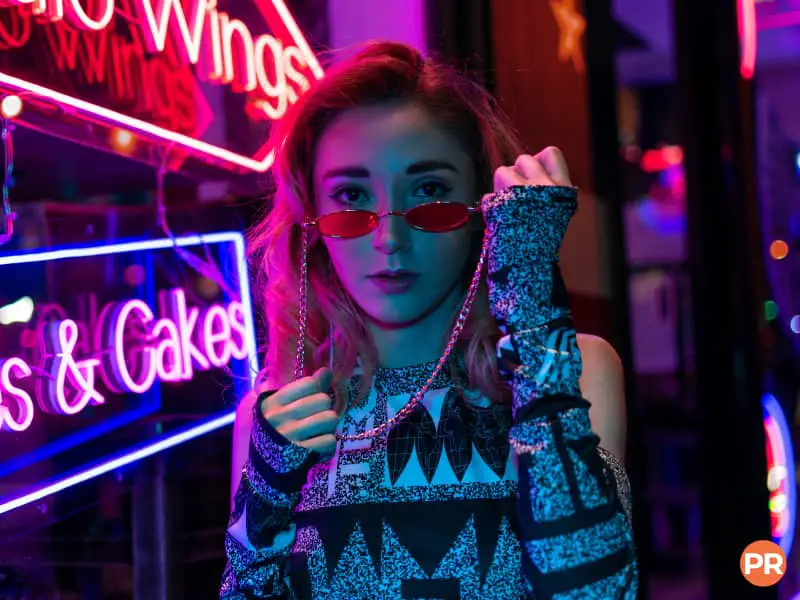
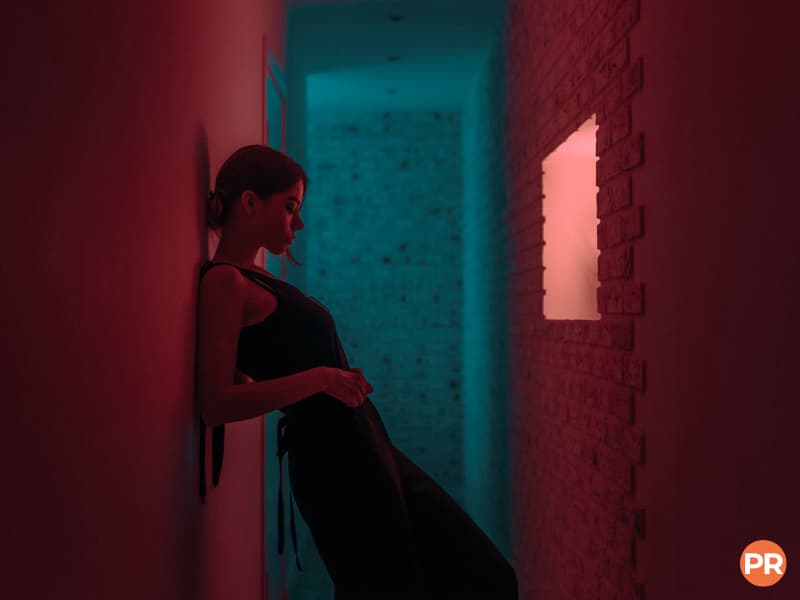
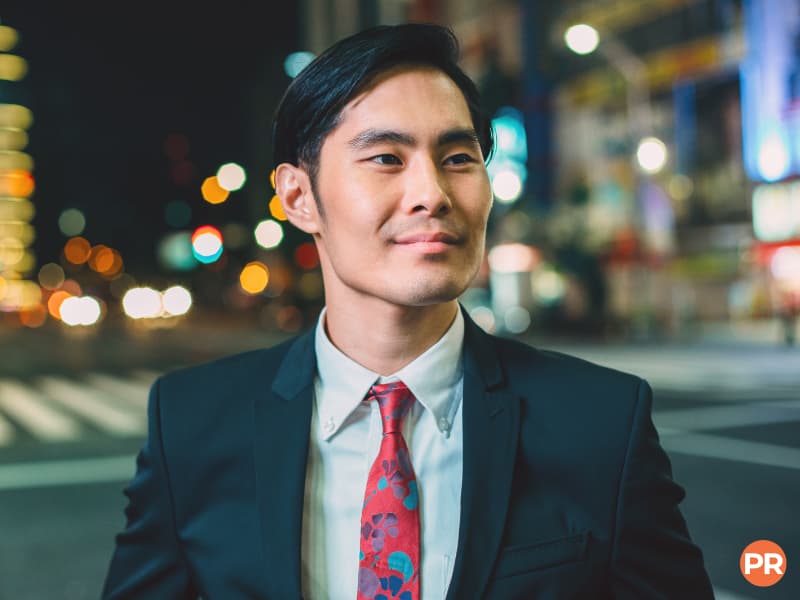
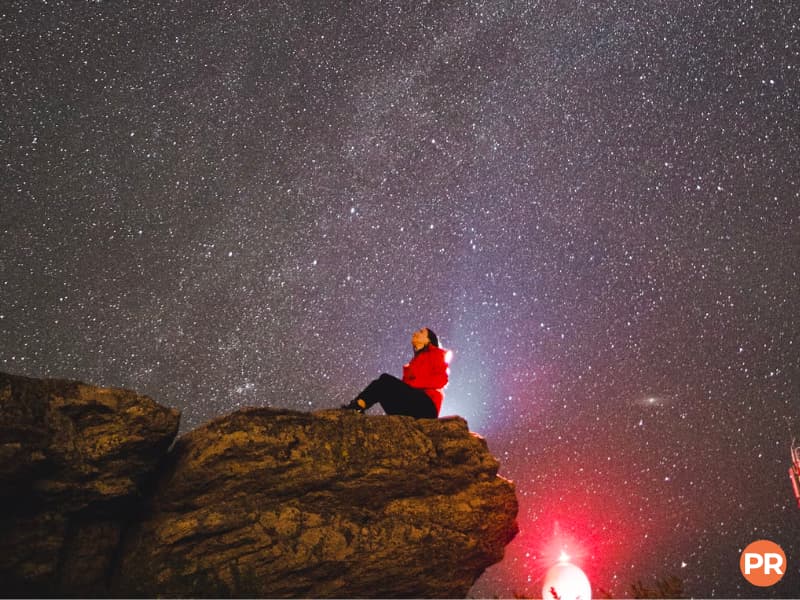
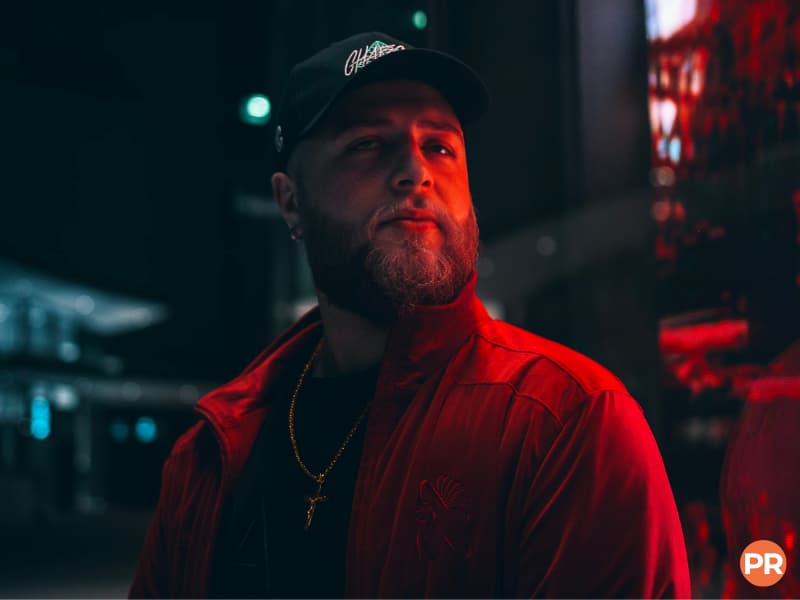
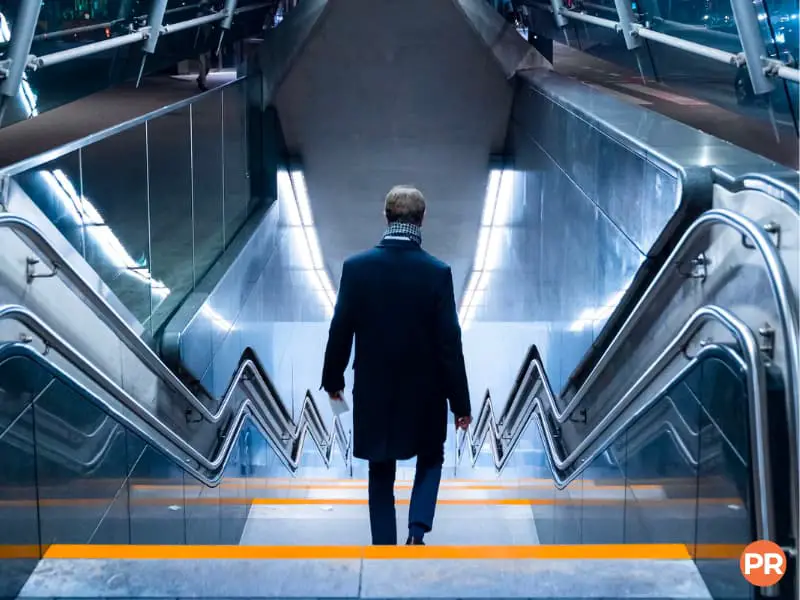

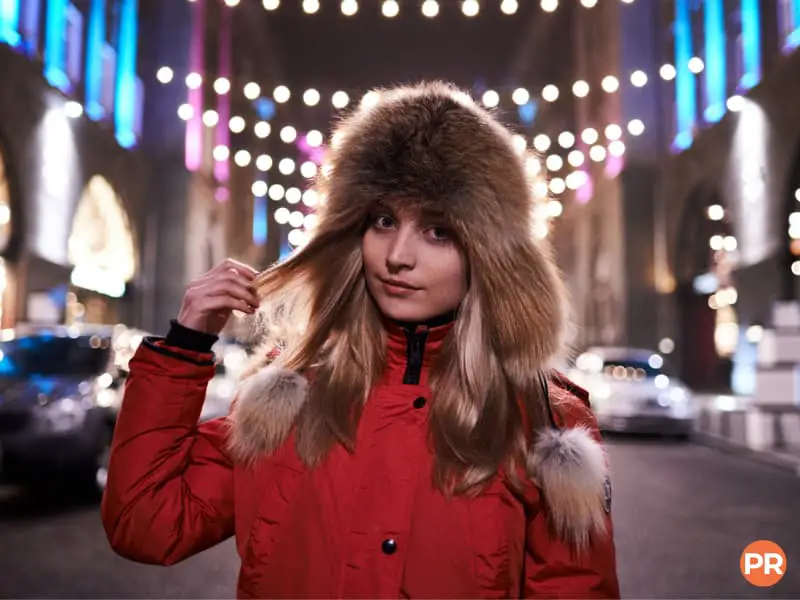
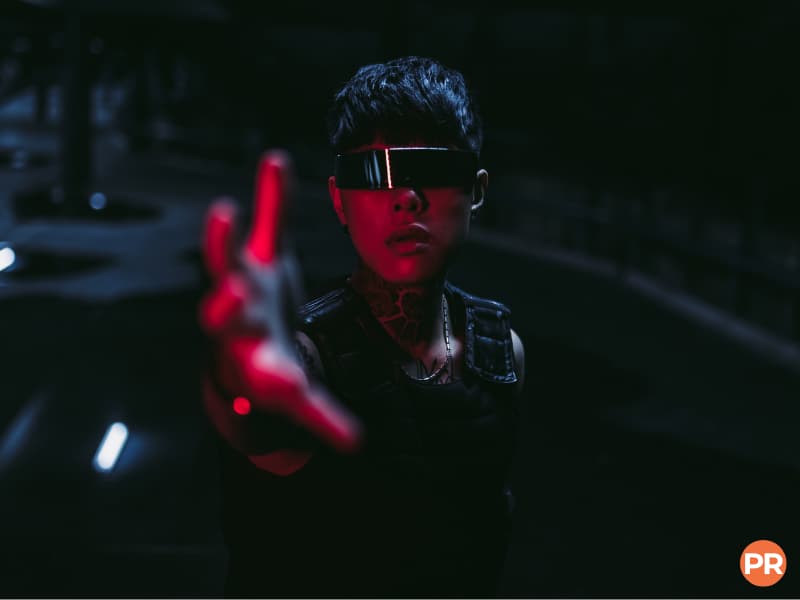
Conclusion
Night portrait photography produces fascinating and creative results.
Use the right settings, tools, and techniques to capture stunning low-light portraits.
Learning to shoot at night makes you more creative and a better photographer.
The darkness also adds to the mood, creating dramatic and striking pictures.
Related: What’s Positive and Negative Space?
Featured photo by David Em/Portraits Refined.

Comments are closed.